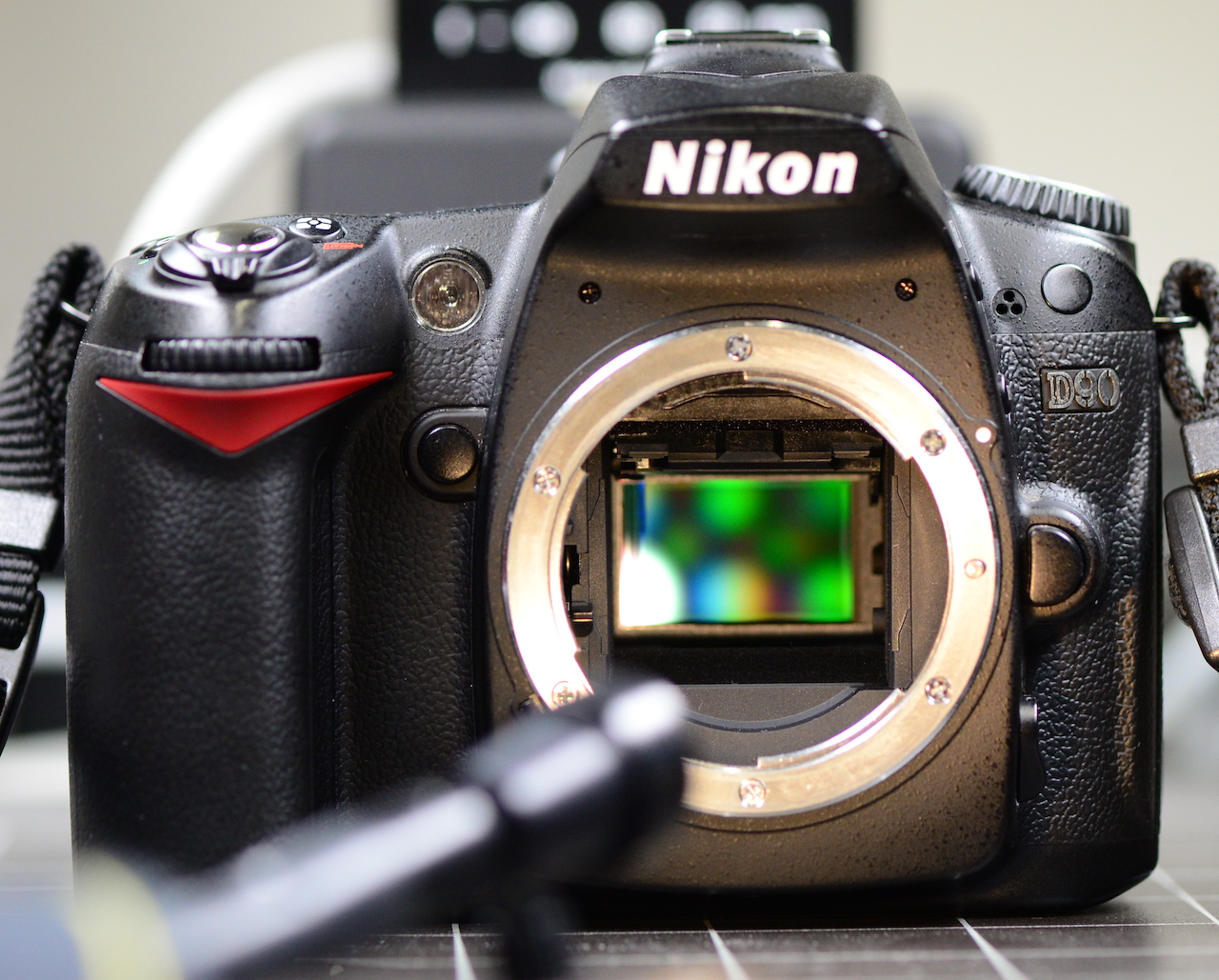APS-C
The smaller photo sensor
This is known as the cheaper type of digital cameras. At about 25mm by 16mm the sensor is simply 1.5x smaller than a full frame sensor. There is absolutely nothing wrong with this.
Back in the analog days, Advanced Photo System (APS) was an attempt to introduce a new film standard. The type-C for classic was a 25mm x 16mm film, smaller than the regular 35mm film. It did not work well, as it was introduced too late just as digital photography was taking off.
Manufacturing image sensors is a challenging process, without going into too much details, the larger you make the sensor the more likely it will have some defects. That is why, larger sensors are more expensive. It is actually a coincidence that 35mm film was just about the size that it was possible to manufacture an image sensor.
By making the sensor a bit smaller, it is possible to a) get more sensors per manufactured wafer and b) have a higher proportion of the manufactured sensors that are functional.
A smaller light sensitive area makes the job of the lens also easier, light has to be bundled to a smaller area, allowing lenses to be built that are smaller and lighter (and cheaper).
There is a lot that goes into the quality of the sensor. But everything else being equal, the sensitivity of an image sensor is basically proportional to the area of each picture element. The larger each picture element the more sensitive the sensor. The size of each picture element depends on the resolution of the sensor. A 12 Megapixel sensor (of the same type) has twice as large picture elements as a 24 Megapixel sensor, so each element is more sensitive, but the overall resolution is worse.
As full frame sensors are larger, for the same resolution they have picture elements that are about 1.5x larger, and they are therefore more sensitive. Technically a 12 Megapixel APS-C camera could be more sensitive than a 24 Megapixel full frame camera. But the size of the picture element is not the only criteria. As they are sold for a higher price, full frame sensors are (sometimes) made using a better process and therefore are better even for the same picture element size.
See a comparison for a practical example, you will notice that for most practical purposes those differences do not really matter. APS-C digital cameras are excellent, do not let anyone fool you.
Absolutely. The developers of the digital APS-C standard cameras wanted to take advantage of the large catalogue of existing lenses, and most large brands made sure that they have developed APS-C bodies that allowed lenses for 35mm full frame to be attached.
However, when you do this, the lens changes character. Only a smaller portion of the area that a regular full frame lens illuminates the image sensor, so it looks as if the lens was effectively 1.5x longer. So a 35mm full frame lens when used on an APS-C camera will have the same field of view of a 50mm full frame lens (technically 52.5mm, but close enough).
Another small advantage is that usually lenses have issues with sharpness, falloff around the corners. Since an APS-C sensor is smaller, you actually end up using the inner (better) parts of the lens, you suffer less from these issues.
This is the reason I suggest to combine APS-C and full frame cameras if you want to carry two bodies with you. However, if you do this, it is smart not to invest in APS-C only lenses.
Further Reading
- Combine APS-C and full frame cameras
- Most equipment is more than good enough
- Why not to (over) invest in APS-C lenses
APS-C equipment on this wiki
Cameras
Nikon Z FC, Nikon D500, Nikon D7100, Nikon D90
Lenses
These pages are for Amateur Photographers and not really for seasoned photographers and professionals. I have no affiliation or commercial interest with any brand/make. I write from my own experience. I ended up using mainly Nikon, so I am more familiar with this brand than others. See price for notes on pricing as well as photography related links.
